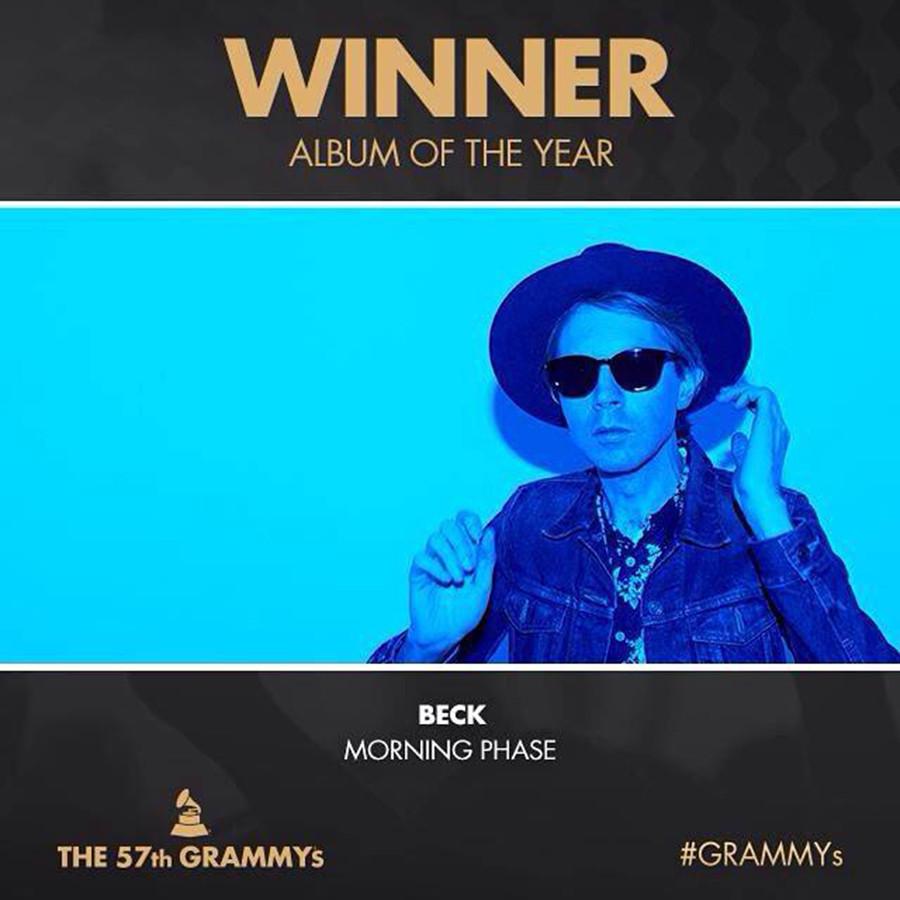Steinhardt and Tisch faculty share thoughts on today’s pop songs
March 5, 2015
In the weeks following the Grammys, controversy over who should have really won Album of the Year and other awards has subsided, but questions on the quality of popular music today remain. These questions may be unanswerable, but the music professors at the Steinhardt School of Culture, Education and Human Development and the Tisch School of the Arts gave their personal opinions on the top pop songs of Billboard’s Hot 100
throughout February.
“Uptown Funk” by Mark Ronson featuring Bruno Mars holds the number one spot on their list. “Uptown Funk,” which has been on the Billboard’s Hot 100 for 12 consecutive weeks, holds the number one spot on their list. This is no surprise to Professor Jeff Peretz who taught Ronson during his enrollment at Tisch’s Clive Davis Institute of Recorded Music.
“‘Uptown Funk’ is yet another exploration of an earlier time in music, which has become a signature move of Mr. Ronson,” Peretz said. “Ronson seems to have figured out exactly when it’s safe to bring an old beloved style of music back to the mainstream with great results.”
“Thinking Out Loud” by Ed Sheeran has also solidified its rank at number two on the list with Sheeran’s romantic lyrics and sweet vocals. Daniel Charnas, associate art professor at Clive Davis, spoke to the technicalities that made the song so appealing to the public.
“It uses the same chord progression as Marvin Gaye’s ‘Let’s Get It On,’ which was gospel inflected soul, done here in a singer/songwriter style pioneered in the 1970s,” Charnas said.
“Take Me to Church” by Hozier held the third spot throughout the month. This song may be darker than what music listeners typically hear on the radio, but this has proven not to be an issue, considering the song has occupied the charts for an astounding 25 weeks. Larry Miller, clinical associate professor of music business at Steinhardt, spoke highly of the Irish singer’s ability to infuse social issues into a highly popular tune.
“Andrew Hozier-Byrne’s song is a brilliant exposition of sin, sexuality and religious scrutiny in an unholy world,” Miller said. “For me, this was Song of the Year with all due respect to Sam Smith’s otherwise well deserved Grammy sweep.”
Number four on the Hot 100 list was Taylor Swift’s popular media-mocking “Blank Space.” Although Peretz disagreed with the concept of the song, he acknowledged the song’s nod to the trademark lyrical structure of the ’50s.
“‘Blank Space’ by Taylor Swift simply feels like yet another infomercial for her brand,” Peretz said. “If you buy into her whole ‘pseudo-victim of love’ schtick, then this is your next installment of the ‘it’s not me, it’s them’ explanation of her quest to find love. That said, I do like the fact that the song employs the very simple, tried-and-true chord progression as its harmonic base that dominated popular songs in the 1950s. Again, if ain’t broke, don’t fix it.”
Following close behind was “Sugar” by Maroon 5. Although the song climbed to the top five at a slower rate than the previously mentioned songs, “Sugar” seems likely to only move up from its spot considering its newfound popularity.
Catherine Moore, Steinhardt clinical associate professor of music business, attributed the song’s appeal to its youthful spirit and Levine’s impressive falsetto.
“Poppy beat, love theme, high-pitched male vocals — especially on the word ‘Sugar’ — are breathless and a little like Michael Jackson, capture the fun and exuberance of young, or not so young, love,” Moore said. “High male singing voice has a lot of sex appeal.”
Though today’s pop music often gets a bad rep, based on the opinions from NYU’s music faculty, today’s top hits may actually be worthy of their positions on the charts.
A version of this article appeared in the Thursday, March 5 print edition. Email Natalia Barr at [email protected].










































































































































